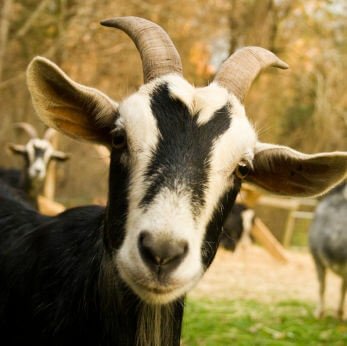I have been invited to a Cricket Spitting Contest
This is a real county fair event. I am always on the look out for something different. Aren’t we all? This is definitely different Cricket Spitting Contest. You put a dead cricket in your mouth and see how far you can spit it. Sounds delightful, doesn’t it? It sure would be a big draw at a state fair. Even children under nine can do this. Cricket Spitting was developed in 1996 by entomolgist Tom Turpin at Purdue University in West Lafayette, IN. rules are simple: Competitors stand in a red circle, place thawed crickets inside their mouths and, spitting them as far as possible without stepping outside the circle. The official Guinness world record is 30 feet, 1.2 inches. The unofficial record from the Purdue Bug Bowl is 37 feet, 9.75 inches. I have been invited to a Cricket Spitting Contest Dead crickets, with no chocolate coating, fly further if launched head-first. I guess this is a sport not to be taken lightly – ” Chicago — A 23-year-old man suffered fatal injuries when he fell from his Mt. Prospect balcony during a spitting contest with his friends, police in northwest suburb said Tuesday.” ah, of course he was also drinking. The contest I was invited to is at the Florence County Fair in Wisconsin. However, I believe I will decline this one. Did anyone get a good watermelon seed-Cricket Spitting Contest? Cricket Spitting @ the Florence County Fair! That’s right. . . you come and put a cricket spitting world record in your mouth and see how far you can spit it. Here are the rules: 1.) The farthest cricket wins. 2.) The cricket must remain in tact. 3.) You have 10 seconds from the moment the cricket is in your mouth until the time you spit it. 4.) There are three age groups: – 9 & under – 10-14 – 15 & up 5.) The top three spitters in each age group receive a medal.



